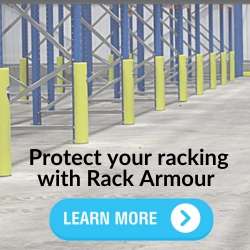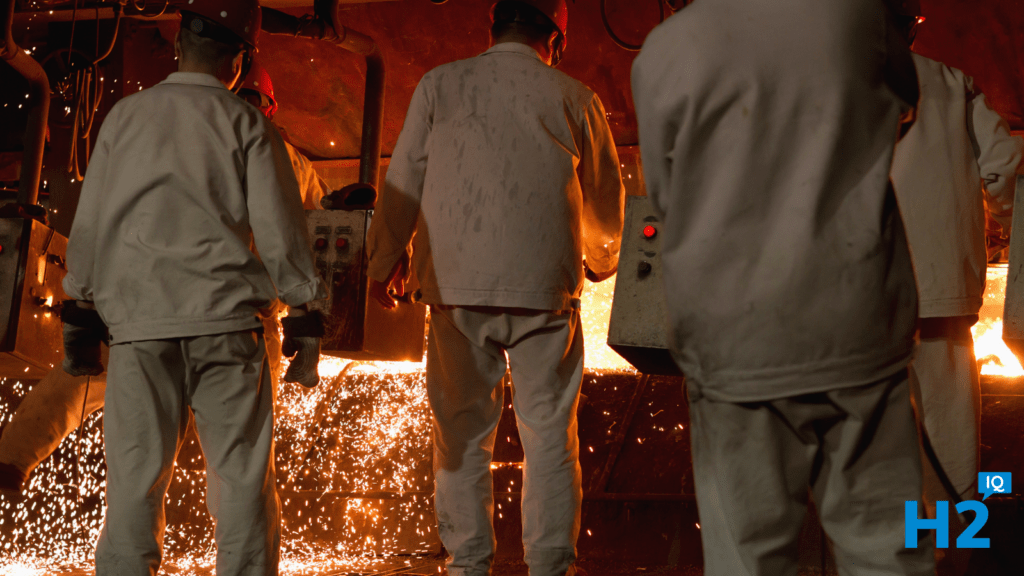Steel manufacturing produces more CO2 than any other heavy industry, comprising around 8% of total global emissions. Efforts are underway to move steel production away from coal-fired furnaces to ones powered by electricity or hydrogen. But it’s an expensive process – and the industry needs to scale up rapidly to hit net-zero targets.
As countries around the world look to build and expand cities and infrastructure, they all have a voracious appetite for one thing: steel.
It is the most commonly used metal in the world today and features in many aspects of our everyday lives – from cars, airplanes, and ships, to washing machines and household items.
But as governments and industries around the world look to reduce carbon emissions to reach ambitious net-zero targets, steel is in the spotlight. Around 75% of steel is still largely made in coal-fired blast furnaces, which pump large amounts of carbon dioxide into the atmosphere.
Huge amounts of energy are also needed to heat the furnaces to above 1,000C. Overall, steel production accounts for around 8% of global emissions.
It’s clear that cleaning up one of the largest industrial sources of CO2 pollution is therefore key to tackling climate change. Emissions from steel must be reduced by 50% by 2050 and then continue to fall, to meet the world’s climate goals, according to the International Energy Agency (IEA).
But how can this be achieved? Some believe green steel is the answer.
What is green steel?
The definition of green steel is steel manufactured without the use of fossil fuels.
So-called “green hydrogen” is one solution that could help reduce the steel industry’s carbon footprint.
“When burned, hydrogen emits only water. And if that hydrogen is produced via electrolysis using just water and renewable electricity, then it is completely free of CO₂ emissions,” according to Mitsubishi Heavy Industries Group (MHI). Hydrogen can also be low carbon if produced using fossil fuels and carbon capture, utilization and storage (CCUS) technologies, says MHI. This is known as “blue hydrogen”.
Electric arc furnaces are another option. These furnaces are gradually replacing traditional ones, but they are not always powered by renewable sources, and therefore the steel they produce may not always be green.





